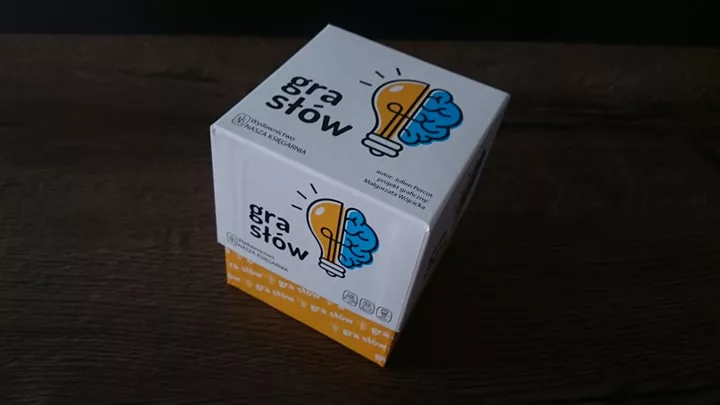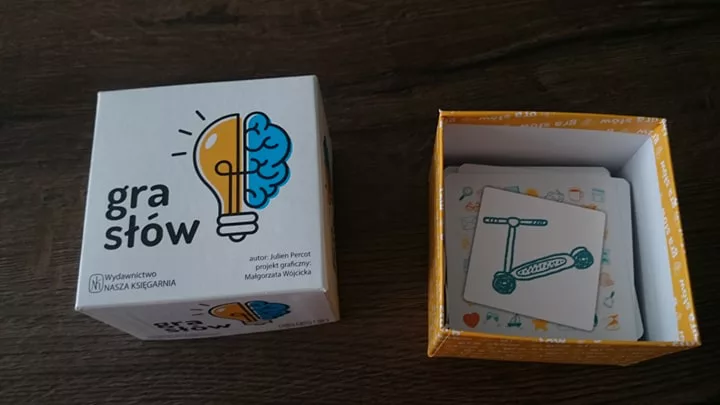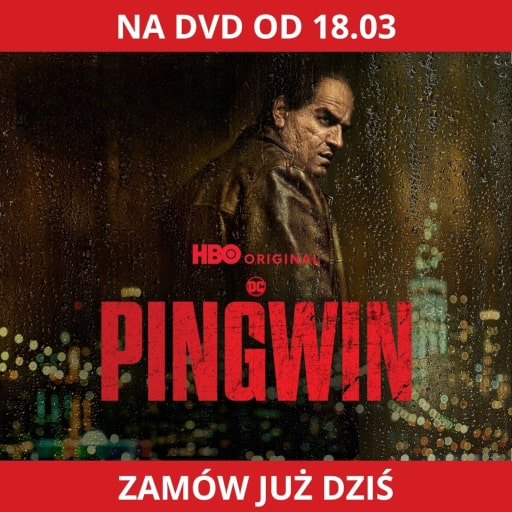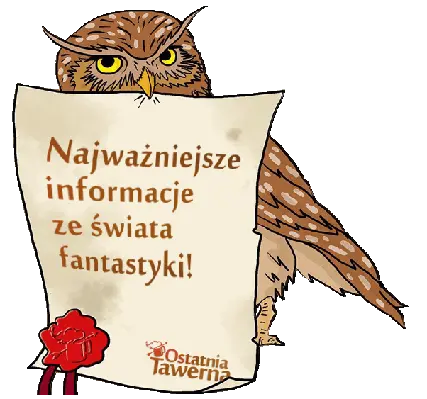The Nasza Księgarnia publishing house is generally associated only with valuable and beautifully illustrated books. Nothing could be more wrong. For a long time, on the shelves of bookstores we can also find offers of games signed with the name of the publishing house. One of them is the Word Game .
Small but …
The game by Julien Percot comes in a small, square box. There aren’t many game pieces, so they’re really easy to store. The publisher gives us 92 cards with clear illustrations, designed by Małgorzata Wójcicka, and printed on one side, and four tokens (with the numbers 1, 2, 3, 4). Little? Maybe so, but don’t be fooled by the quantity. After all, quality matters! And we cannot refuse this game. The illustrations on the cards are very aesthetic. You can clearly see what is in the individual pictures. Only players who will have to look at the cards upside down (due to their chosen seat) may have doubts. From a different perspective, ice cream may look like an alien.

Two words about rules
The author suggests starting the game by shuffling the cards in the deck. It’s not easy, because reshuffling ninety-two cards requires a lot of persistence. It would seem that with such a large number of illustrations, multiple mixing is not necessary, but it all depends on how often we will play with words. The preparation of the game is extremely simple – we create two piles of cards (face down) – twenty task cards and twenty association cards (all have the same backs, so we don’t have to sort and combine anything). From the first pile, reveal the first four and place them in a row (task cards), from the second one – put them all face up (association cards). The starting player first draws a chip. A number there indicates the first, second, third or fourth task card. We do not disclose what illustration we have drawn, but we immediately indicate one association card that should associate the other players with the previously drawn task card, for example: The starting player draws a token with number 4, it indicates the elephant task card. Then he shows the association card with the camera , hoping that the other people will have the correct associations (the elephant lives in the zoo, tourists take pictures of it). The first phase lasts until the cards are exhausted. It is followed by two more, during which players must be very concentrated. The cards won at the beginning will make a huge difference at the end. Both the ability to remember associations and linguistic creativity are key. We can get a maximum of twenty points and then we get a praise: “excellent”! For slightly weaker players, alternative praise or reprimands have been prepared: “very good”, “good” and “don’t tell anyone about it” and “play J again”.

The idea of the creator
The most important information regarding the rules of the Word Game is that we do not compete in this game. Together (from 3 to 10 players) we try to achieve the best result. One batch of the Word Game should take us about twenty minutes, but we have to check for ourselves if it is possible. It seems to me that the first game will take you a little more time, but later you will say: first cats for fences, we’re flying with the second round! The box says that this is a game for people aged 6 to 106. I am not convinced that a six-year-old would be able to freely compete with adults, but using simplified rules, we can try.

To sum up, the Word Game is great fun for both the whole family and a group of friends. Searching for associations and fighting for points bring us closer together and make us want more of this kind of entertainment.
Attention! The game is addictive and provokes laughter!

